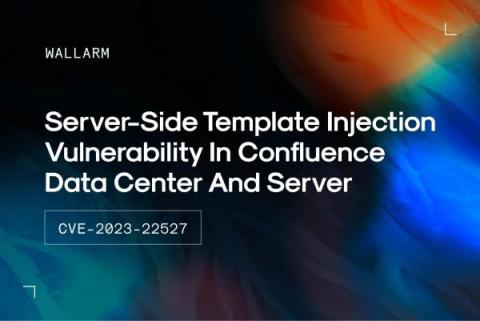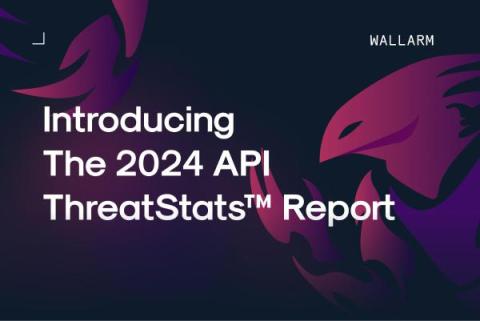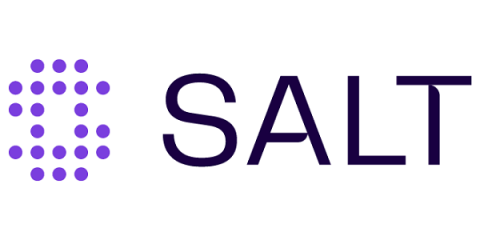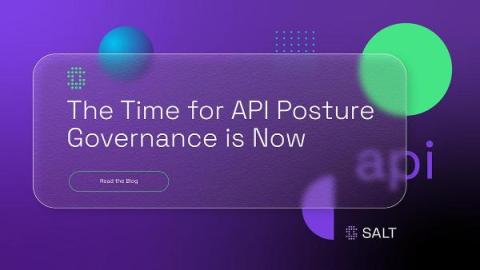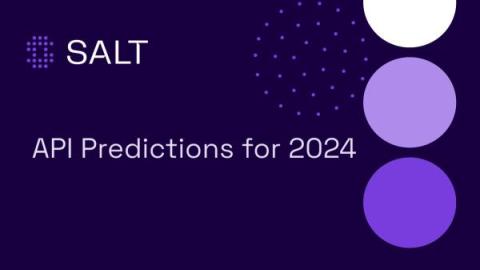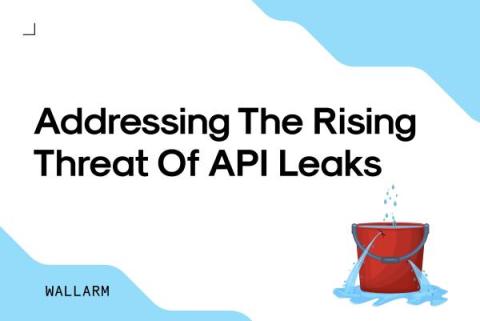Bulletproofing the retail cloud with API security
Application programming interface (API) security is critical for retailers increasingly reliant on cloud technology. However, they also open potential gateways for cyber threats, making robust security protocols essential to protect sensitive data and maintain customer trust. The complexity of retail systems, which often involve numerous third-party integrations, can create multiple points of vulnerability.





